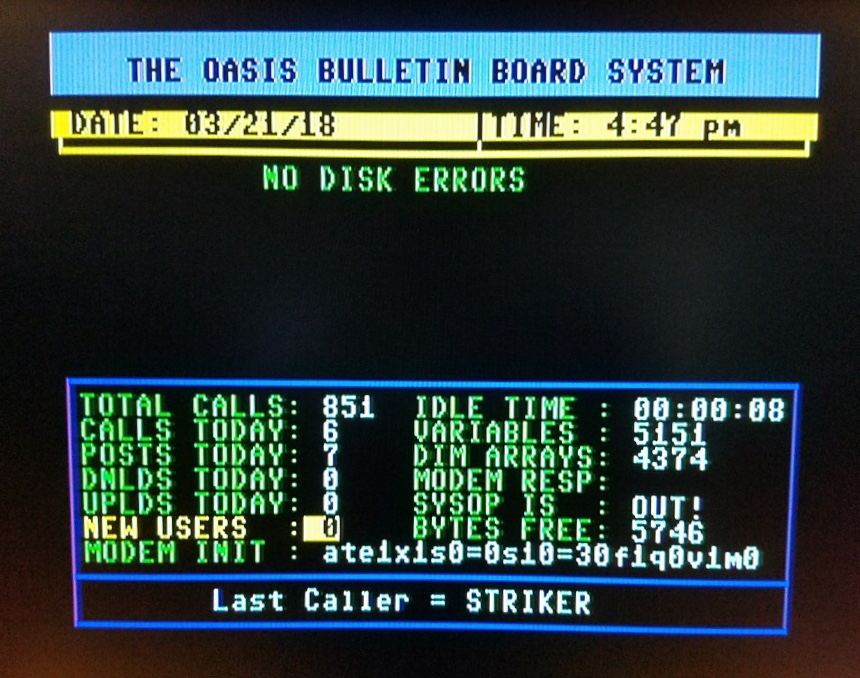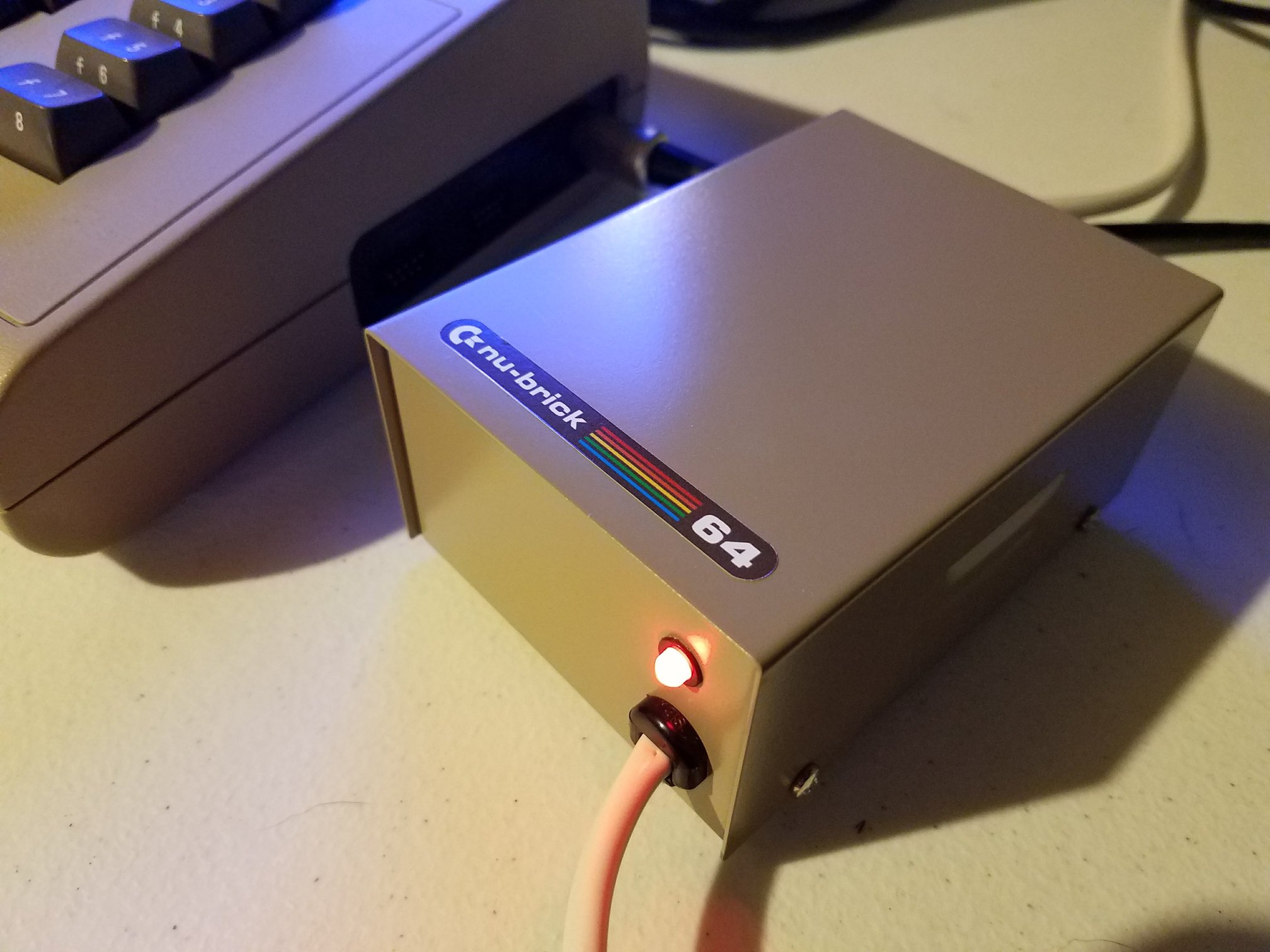Jim_64’s 8-Bit Projects has released the Meshtastic 64 Radio, a cartridge that brings Meshtastic networking to the Commodore 64. In his latest video, he shows the cartridge in action using both a standard C64 and the portable SX-64.
The Meshtastic 64 Radio connects through the user port and sits inside a cartridge shell with a built-in battery. Once installed, the device powers up and runs with a custom BASIC program loaded from floppy disk. This software lets the Commodore 64 send and receive text messages across the Meshtastic network, linking retro hardware with modern mesh communication.
During the demonstration, Jim connects three systems: a Commodore 64, an SX-64, and a Windows laptop running Meshtastic. Each machine sends messages that appear across the network instantly. While the test takes place in one room, Jim notes that Meshtastic networks can cover long distances. Active city networks, such as the one in Chicago, prove this point.
The project goes further than text messaging. Jim added a PKY graphics editor to the program, giving Commodore users the ability to create and send block-style graphics. These graphics display correctly on other Commodore machines, though PC users only see garbled text. This creative twist highlights both the limitations and the charm of retro communication.
At Vintage Computer Festival Midwest, Jim tested the Meshtastic 64 Radio in a live environment with more than 200 active nodes. The cartridge kept up with heavy traffic, showing that the C64 could hold its place within a modern mesh.
Jim wrote the program in BASIC, relying on kernel routines for serial communication. He started development on real Commodore hardware before finishing in CBM Program Studio while traveling. This hands-on approach combined classic coding with new experimentation, resulting in a practical and fun project.
The Meshtastic 64 Radio demonstrates how vintage computers can remain relevant in creative ways. To see live message exchanges, graphics demonstrations, and more technical details, watch the full video and visit Jim’s blog post.







